Chahan Yeretzian
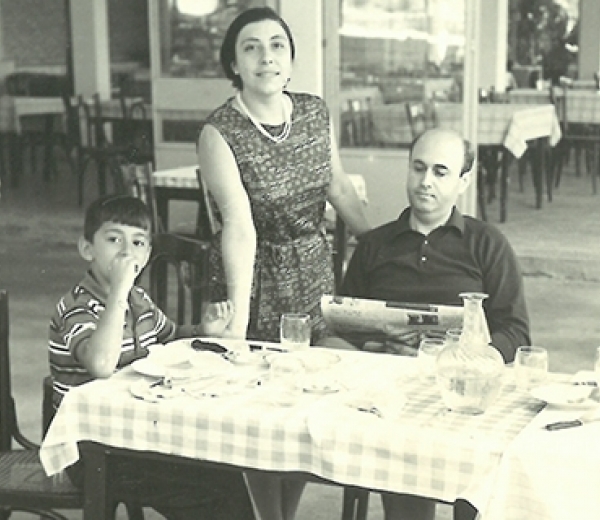
|
Chahan Yeretzian with his parents and Aïda Kegham Yeretzian in Lebanon, 1966 |
Worst student becomes best
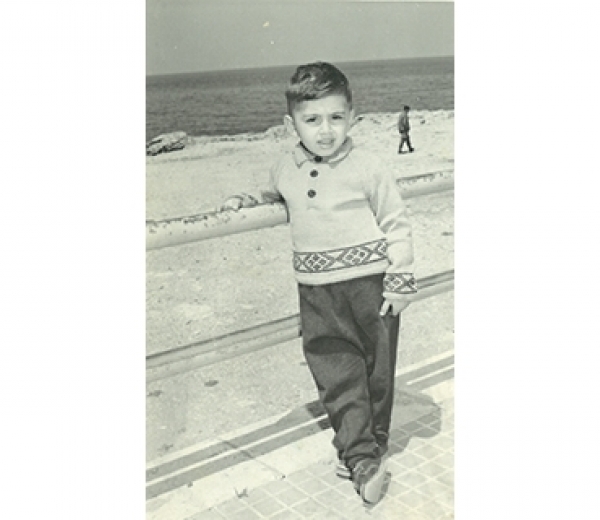
|
Chahan Yeretzian before his departure to Switzerland, Beirut, 1964 |
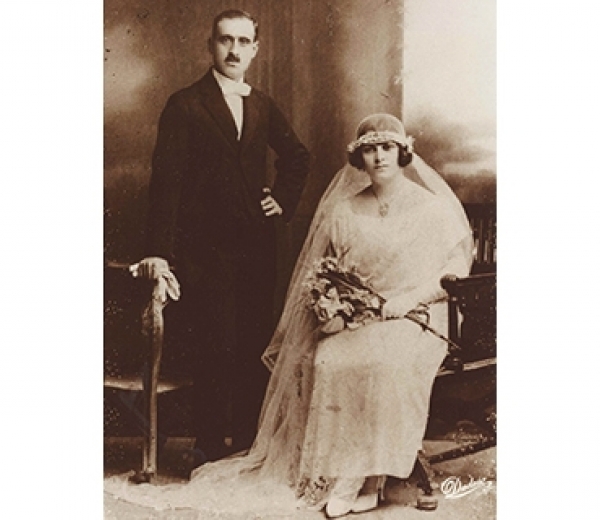
|
Chahan Yeretzian’s grandparents Linda Meymarian and Dikran Yeretzian at their wedding,1923 |
Kegham Yeretzian lost his father at the age of 15. His mother, Linda Meymarian, an Armenian Genocide survivor, remarried, but the stepfather never really became part of the family. “I never met my grandfather Dikran Yeretzian, who was born in Sasoon and was the only family member to survive the deportations. Even before they started, his brother David was caught and killed by the Turks while on a mission as a messenger to bring help for their encircled home town,” Chahan says. After some time had passed, his grandfather Dikran opened a pharmacy in Aleppo, which he was forced to sell a few years later. “My grandmother Linda was a very gentle person. She was born in Adana in 1907. When the Genocide began, the Meymarian family moved away in time and traveled to Aleppo, where they built a new life. The Meymarians were a relatively large family who owned land and houses in Adana.”
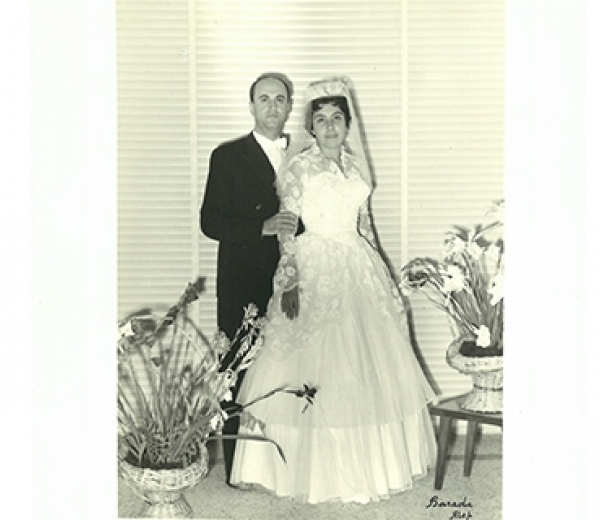
|
Kegham Yeretzian and Aïda Papazian at their wedding, 1957 |
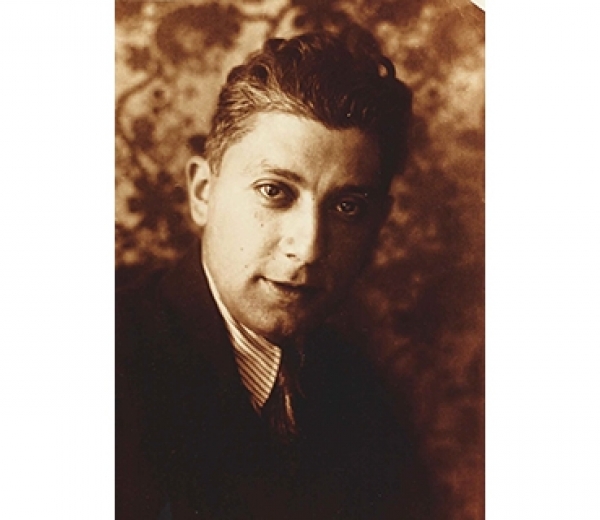
|
Aïda Papazian’s father Kevork Papazian |
“It was mainly our mother who raised us,” Chahan says. “My father kept to a tight daily schedule. He was a very responsible man and set an example for us kids,” Chahan notes, adding that his mother, who felt far away from Armenia in Switzerland, had regularly gone to cultural festivities and attached great importance to her children learning Armenian. “And yet I don’t feel exclusively Armenian. When asked what I am, I’d always say Armenian first, but with a Swiss way of thinking. Our Armenian history is, of course, quite different from that of the Swiss. However well I may know Swiss history, mine will always be that of the Armenians,” the professor believes. He especially appreciates the Armenian understanding of family: “You are part of a large family and share everything.”

